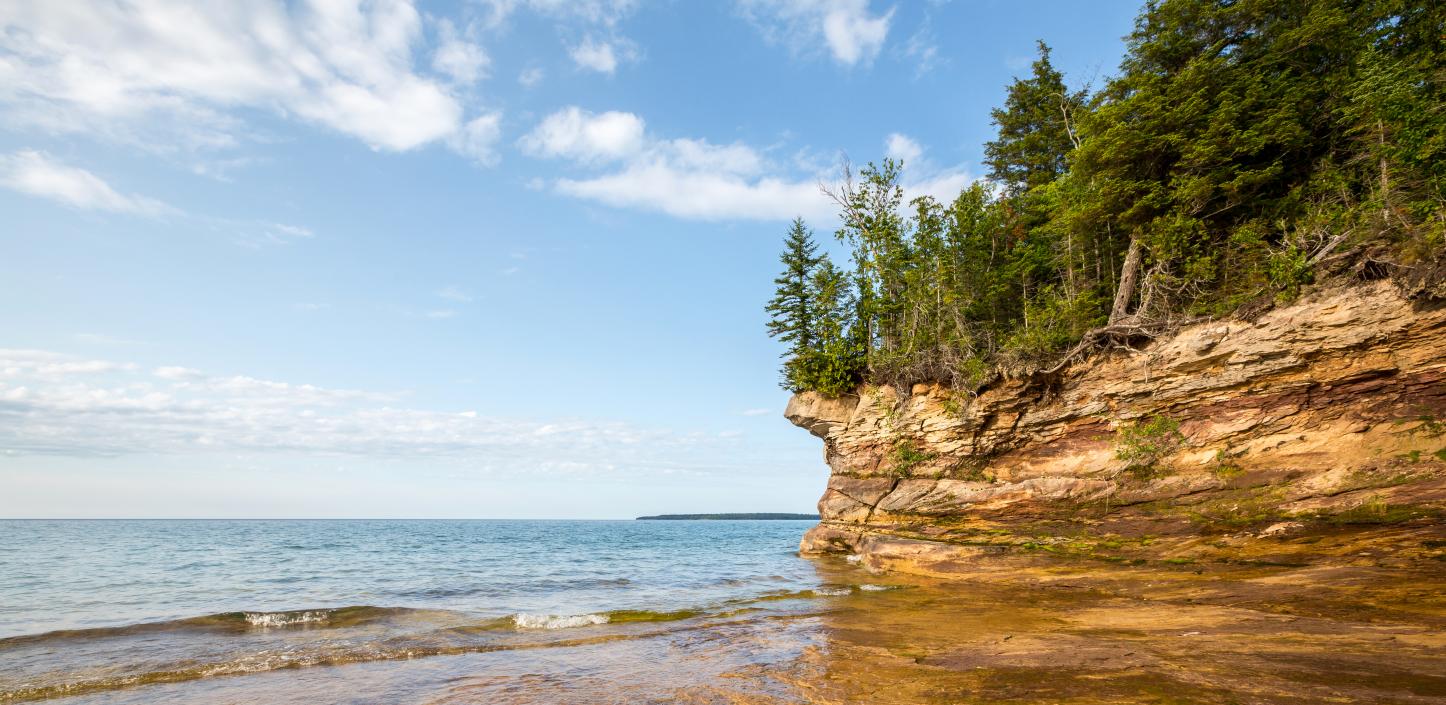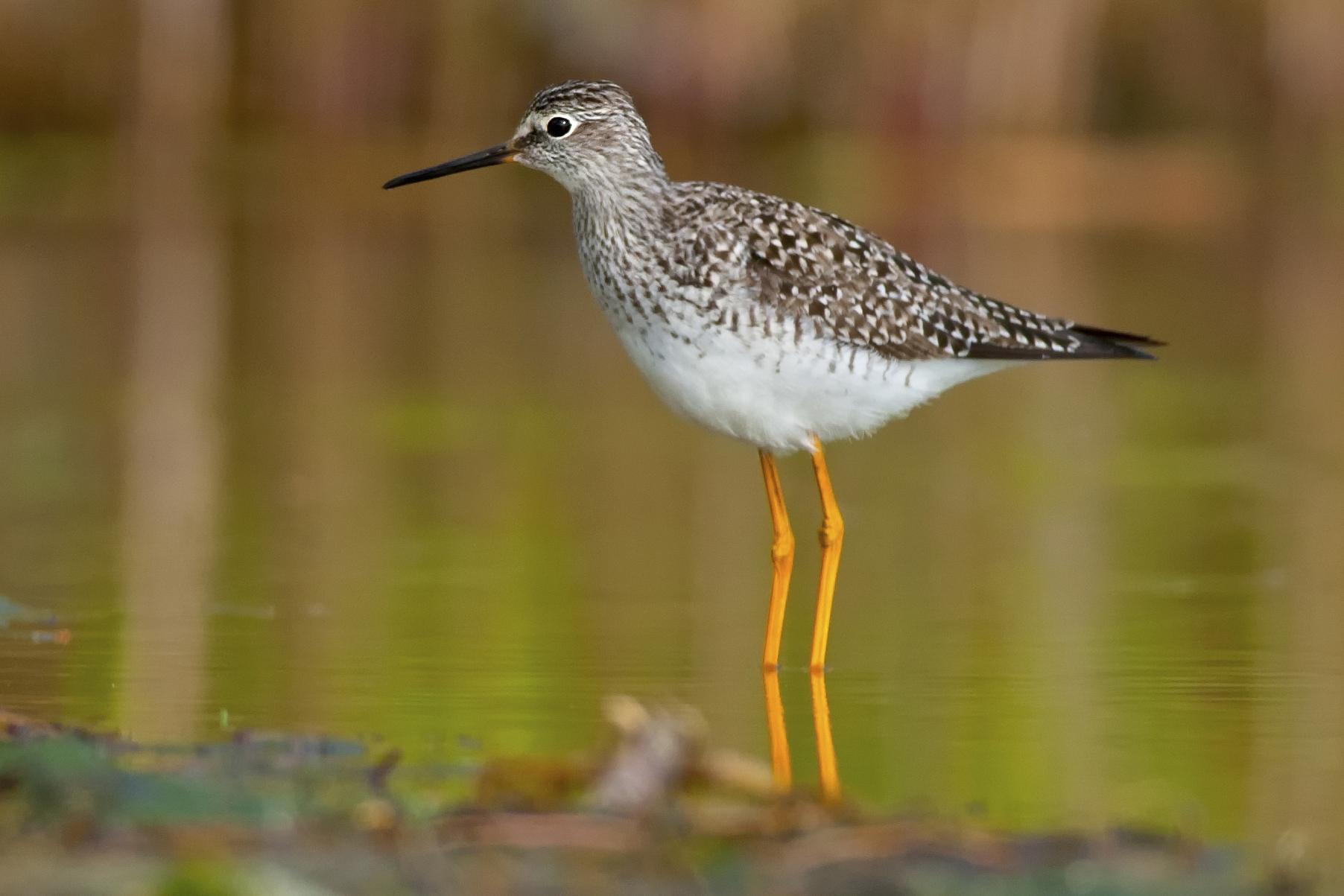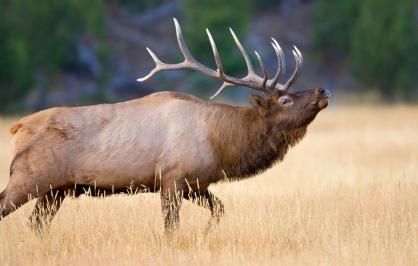
Containing more than 20 percent of the earth’s surface freshwater, the Great Lakes provide drinking water for more than 30 million people and habitat for a vast array of plants and wildlife, including more than 200 globally rare species. The basin’s immense network of streams, lakes, wetlands and forests provides critical ecological services, such as water filtration, flood control, nutrient cycling and carbon storage. The region also offers unmatched opportunities for shipping, industry, tourism and recreation.
The Great Lakes and the broader basin have been significantly degraded over the past two centuries. Habitat loss and fragmentation, invasive species, and contaminants impair water quality, threaten wildlife populations, and jeopardize the health and economic vitality of the region. While restoration efforts have accelerated recently with support from federal funding, recovery will require a sustained effort that addresses historical impacts and new and emerging threats.
Conservation Needs & Strategies
With a focus on building resilience for habitats and communities in light of historic and emerging threats, NFWF’s Great Lakes Business Plan addresses three priority Great Lakes issues: streams, coastal wetlands and water quality.

Sustain Our Great Lakes Program
Sustain Our Great Lakes is a public–private partnership designed to sustain, restore and protect fish, wildlife and habitat in the basin by leveraging funding, building conservation capacity, and focusing partners and resources toward key ecological issues. The program achieves this mission, in part, by awarding grants for on-the-ground habitat restoration and enhancement.
Learn More





